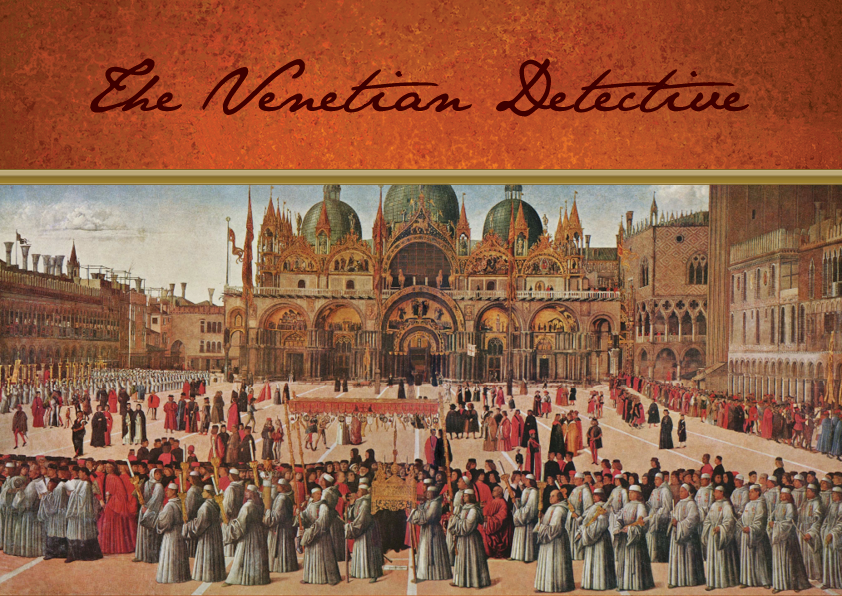Writing profiles for your Historical Novel characters
For almost all historical fiction there are two types of character populating the novel or short story. First there is the ‘real life’ person, a character who once lived. The other type is the purely fictional figure you have blended into a plot. Together they will entwine the retelling of real events with imaginary scenarios.
If you have decided to portray your historically real figures as close as possible to the facts, a lot of the work in painting them convincingly will depend on research and your skills of interpretation. The building of fictional characters to interplay with those who once lived is an entirely different matter.

In writing any form of fiction, the author needs to create convincing and believable characters, but when drawing a fictional hero or villain who interacts intimately with ‘real-life’ people from a previous time the task is a little harder than it is when creating a modern person in a modern setting. This is because the fictional figures must work seamlessly with the historical figures in the plot.
One way to ensure that your characters are as consistent, believable and as realistic as possible is to produce what I call a ‘character profile’.
As with the design of the ‘scene collections’ I mentioned in a previous post, you will need to make a trip to the local stationers, but this time you need some notebooks and a set of coloured pens.
To write a character profile you have to put down as much as you can about the lead fictional characters in your story, so have ready a notebook for each of these major characters.
Begin by writing down the basics – their name, where they were born, the names of their parents, what their parents did, how the character was educated, what job they do…
Once the basics are in place and they make sense and fit with the larger scheme of the story, you can start to fill in the details. What was their favourite subject at school? Do they have siblings? What do they do? Where do they live? Extend the family connections to uncles, aunts, nephews, nieces and so on. Who are your characters’ close friends? Who are their enemies?
Soon you will have the notebooks filled with information. Use the coloured pens to segregate information. Perhaps black for information about the character themselves, red for family connections, blue for friends and green for enemies.
When I come to write the book I find that no more than about five percent of this data filling my notebooks appears on the page.
So what’s the point of the exercise?
The reason for creating character profiles is so that you can get to know the people you are writing about – I call it: ‘meeting the new cast’. It is similar to the process the reader goes through when they begin a new novel. They have to learn about the characters, they need to get to know them. For the creator of the book, the experience is exponentially more intense than it is for the reader receiving a diluted version of what you go through in building your characters.
There is one other very important reason why a writer should spend the time and the energy to create a set of character profiles such as the ones I have described. By writing reams of background detail, the author will know how the character will behave in any given situation. They can ensure that the character reacts to whatever befalls them in a believable and consistent way. If the writer loses consistency, in other words, if the character they have created does not behave within the confines of their personality then that character loses credibility (unless of course there is a very good, carefully explained reason for their sudden personality change). This is a cardinal sin on the part of the writer and it is punished in the most severe way. The reader gives up and closes your book.
